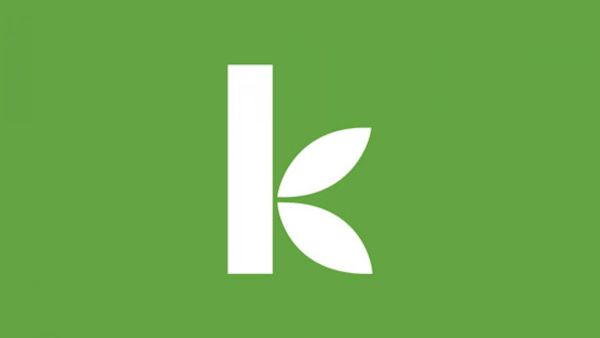How much does it cost to reach the poorest?
January 3, 2010
by Thomas Gold, KF9, Dominican Republic
One of the aspects of microfinance that is often overlooked when arguing about the interest rates charged to borrowers, or sustainability of microfinance institutions, is the actual cost of giving a financial service to the most isolated communities. I thought I would tell about my latest visit to a group of borrowers, so you would be able to picture it.
Reaching the group was pretty hard, and would have been impossible without the loan officers’ field knowledge. After taking a 25 Pesos ride with a “carro publico” , or public taxi (read 8 person stuck in a little car) to the closest paved area, we had to take a 100 Pesos “motoconcho” ride , or motorcycle taxi on a dust road, and eventually finish by foot when the path was too muddy (I have been considering adding my shoes to the transport bill). The group of 15 borrowers that we met had a 110000 Pesos loan (roughly 3000 USD, about 200USD each), divided into 12 installments of about 10000 Pesos. Unfortunately, the group members have been running late on their payment, due to a very strong slow down of the local economy, and the loan officer was only able to retrieve 2350 Pesos (about 65 USD).
So let’s make the balance: 500 pesos (14 USD) spent just on transportation for the round trip for the loan officer and I, to be compared with the 2350 Pesos recovered from the loan. Adding up transportation and actual meeting time, the operation took almost 4 hours. Indeed, my own expenses as a Kiva Fellow are to be excluded from the balance, and not every reunion end up with cases of delinquency. This meeting was actually the first one I witnessed that ended up with an incomplete repayment (out of an approximate amount of 60 visits). However, it just describes the challenges for Kiva’s field partners to stick their goals of serving the neediest and reach financial sustainability.
One could wonder what is the point of disbursing loans in such remote areas. The community I visited that day is the typical example of isolated one (the fare to get to the closest village is just ridiculously high compared with people’s standard of living), where economical opportunities seem so scarce that one has to be really imaginative and committed to make some profitable business out of a microloan. Many of the women of the group had 6, 7 or 8 children, and dozens of grandchildren, and in the sanitary conditions they live, the loan amount is likely to be eventually used for higher priorities than business.
However, this is a fundamental point of microfinance. Providing financial services in the areas where no other means to develop an income generating activity exist. It is definitely riskier and more labor intensive than stock-exchange, and you could argue that rather than microloans, the community might more hardly need basic infrastructures such as roads, reliable electricity, or draining system. However, it was worth the attempt for those of the borrowers within the group, about half of them, who were able to pay their loan on time and are eager to see the current issue resolved so they can take a new loan and move forward.
When I talked with the MFI’s director in the main office about the fact that after 10 years of operation, the institution hasn’t yet reached sustainability and relies on external donors, he told me “Of course, I wish I had better financial results, and it is part of our objectives, but the one objective I will always pursue is to make microcredit that impact the poorest”. The loan officer I traveled with could have chosen to disburse loans to the people of the village that we reached by “carro publico” and decrease both operational cost and financial risk, but he intentionally prospected in the remote community instead, because the real mission of Esperanza is to reach the poorest.
Dominican Republic, as many developing country is highly depending on global economy’s health, because it imports almost all it consumes, and its two main sources of national income are tourism and remittances. Therefore, the country has been strongly affected by the global economical crisis and hardly reaches stability. The current market’s average interest rate is 24%, and Esperanza has to borrow part of its capital at such price, because Dominican laws make it impossible for them to use its clients’ savings to disburse loans (such as credit unions do)
Moreover, the MFI faces intense concurrence for SMEs financing. I have happened to talk several times with Esperanza’s clients, who were starting to have a steady and successful business and were turning towards other bigger institutions or commercial banks that could offer them higher amounts of loans with slightly lower interest rates, or longer terms. At first, I interpreted this fact as one of microfinance achievements: including the poor and formerly excluded into the financial system. I now begin to realize that it also represents a loss for Esperanza, or a non-return on the time and money invested to reach the poorest and more isolated and help some of them creating profitable businesses.
Kiva’s field partners are facing many challenges to carry on both financially sustainable and socially beneficial activities. Money lent by Kiva users is an innovative and highly valuable way to help them address these challenges and reach their goals. Please, continue lending on Kiva.
*******************************************************************************
Esperanza has its own lender’s team. Check it out.
/>














